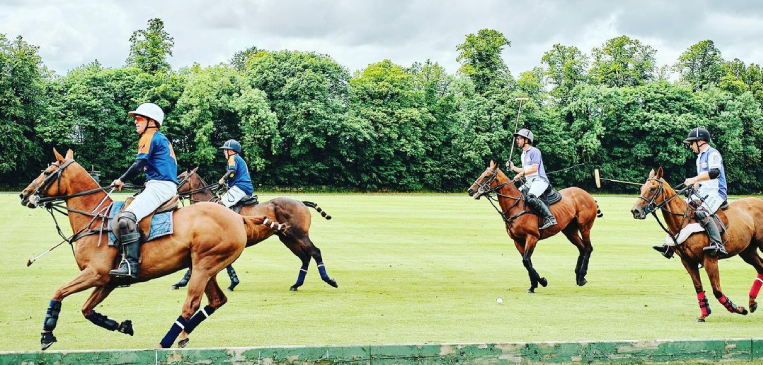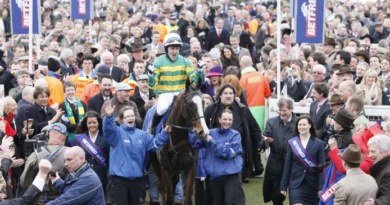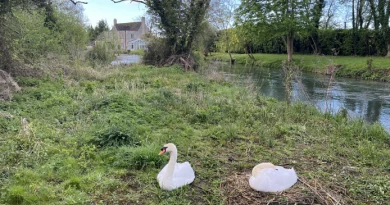4. Royal Family in the Cotswolds
Several members of the Royal Family live in the Gloucestershire Cotswolds, including King Charles at Highgrove House, near Tetbury, and the Princess Royal at Gatcombe Park, near Minchinhampton.
Highgrove, the Cotswold home of King Charles and the Queen Camilla, is famous for its beautiful gardens which can be visited by the public by booking well in advance. The Highgrove Garden is normally open from April until October and tours take place on weekdays only.
Six miles north of Highgrove is Gatcombe Park, the private country home of Anne, the Princess Royal, situated between the villages of Minchinhampton and Avening, five miles south of Stroud.
Cirencester, the ‘Capital of the Cotswolds’, has been a popular shopping destination for various members of the Royal Family over the years. Cirencester Park Polo Club also has Royal connections as King Charles and his two sons, Prince William and Prince Harry, have played there often.
The Royal Family’s love of horse racing is well documented. The Gold Cup Festival at Cheltenham Racecourse each March was much loved by the Queen Mother, and has also been visited by the late Queen Elizabeth II, as well as many other royals and celebrities.
Cheltenham is a special town too for the late Queen’s eldest granddaughter, Zara Phillips, who won a silver medal in the London 2012 Olympics as a member of the Great Britain Eventing Team. She lived in a town house in Cheltenham with her husband Mike Tindall, the former England rugby international, who she married in 2010, before they moved to Gatcombe Park in January 2013.
But it’s not just the modern-day Royals who have Cotswold connections.
Sudeley Castle, near Winchcombe, is steeped in history and has royal connections spanning a thousand years. The castle was once home to Queen Katherine Parr, the last and surviving wife of King Henry VIII.
Henry himself, Anne Boleyn, Lady Jane Grey, Queen Elizabeth I and Richard III have all played a part in Sudeley’s story. King Charles I found refuge here during the Civil War, when his nephew Prince Rupert established headquarters at the castle.




